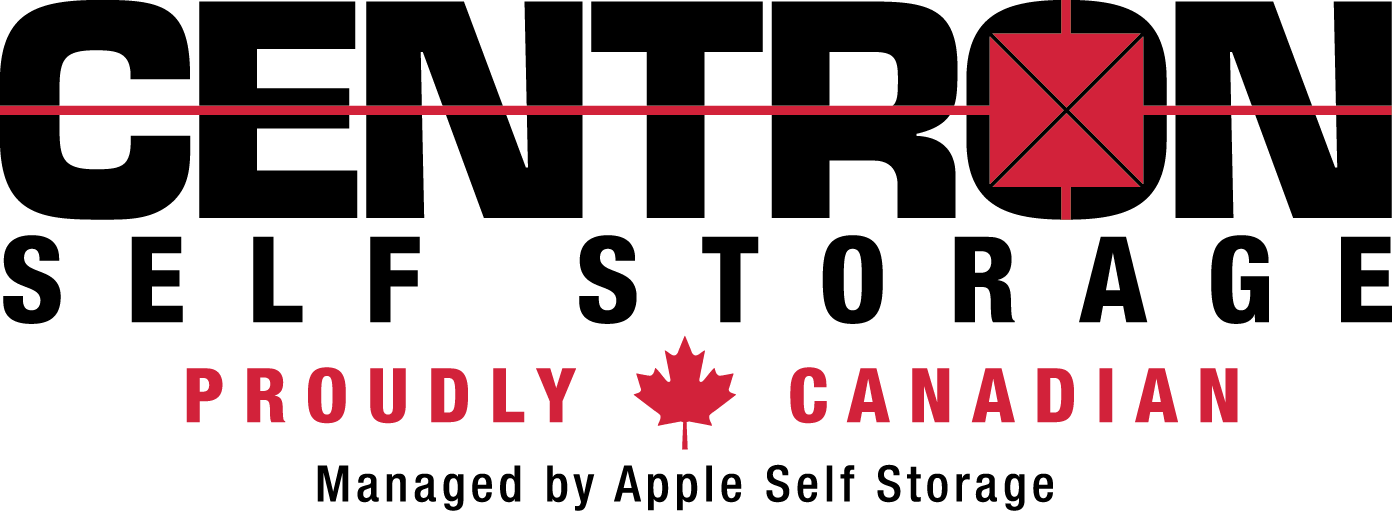The Art of Creating a Self-Storage Inventory
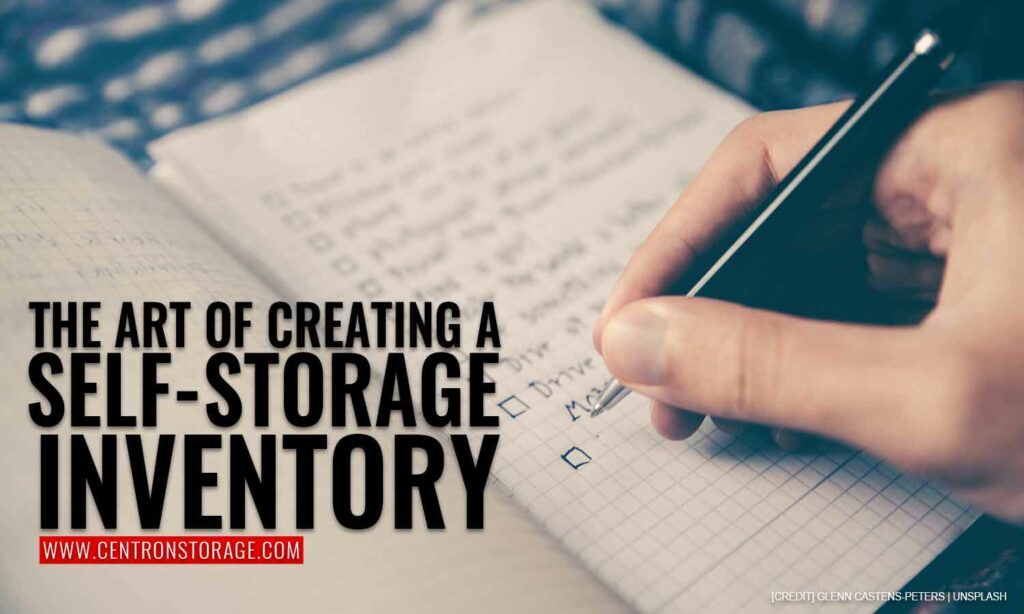
Whether it’s a shared room or a big unit, creating a self-storage inventory can save you time for when you need to look for specific items. It also allows you to easily determine if you have any missing items and what these are.
An inventory is a handy list of the things you have kept in your storage facility. Here is a step-by-step guide that will help you achieve your goal of organizing your storage unit.
Why You Need an Inventory of Your Things
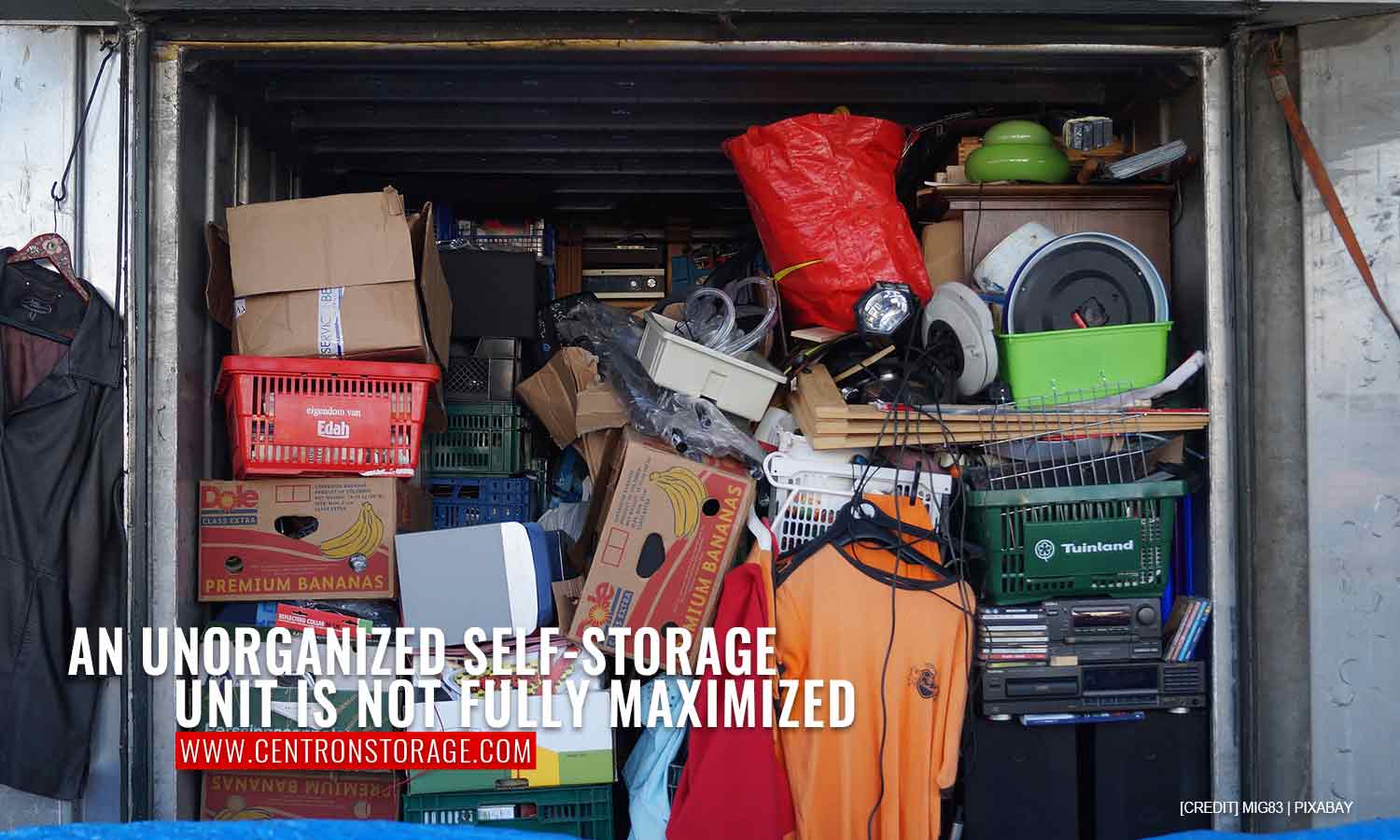
Too often, homeowners lose track of the items they have in their possession. When there are too many things inside your home, it will be difficult for you to remember ever owning — or even purchasing — certain items. This is true for those who rent a self-storage unit as well. If you want to keep track of your possessions, the easy and inexpensive way to do so is to have your own inventory.
You need an inventory of the things you keep in self-storage facilities for these reasons:
- Creating an inventory is the first step to decluttering your home by being able to identify which things you can keep, which ones should go to the self-storage facility, and which ones you should discard. With the unnecessary things out of the way, you can maximize the unit for other things.
- An inventory helps you identify which items can be listed under calamity insurance.
- An inventory will be your reference in the event you need to pull your things out.
- It becomes easier to identify what things are missing in case someone breaks into the storage facility.
- You can easily locate what you are looking for if you have an inventory ready so there is no need to rummage through boxes and boxes just to retrieve them.
- Having an inventory makes it easier to establish resale value since you will have details — year acquired, model, and other proof of worth — readily available.
How to Make An Easy and Detailed Inventory
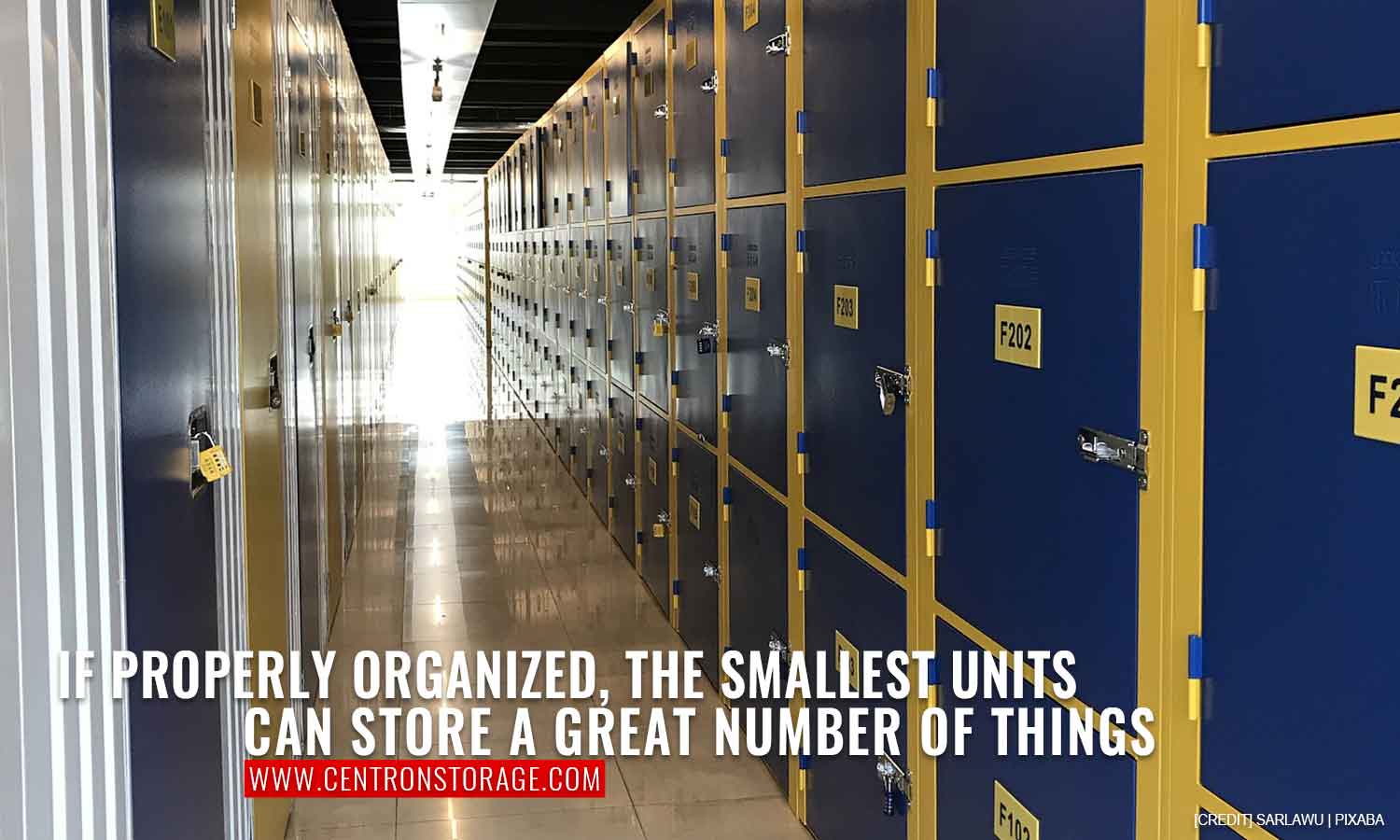
Tasks are only difficult if you are not willing to get started and this also rings true for your inventory. The good news is that an inventory doesn’t have to be complicated. Here are easy steps you can follow for drafting one:
Step 1: Organize
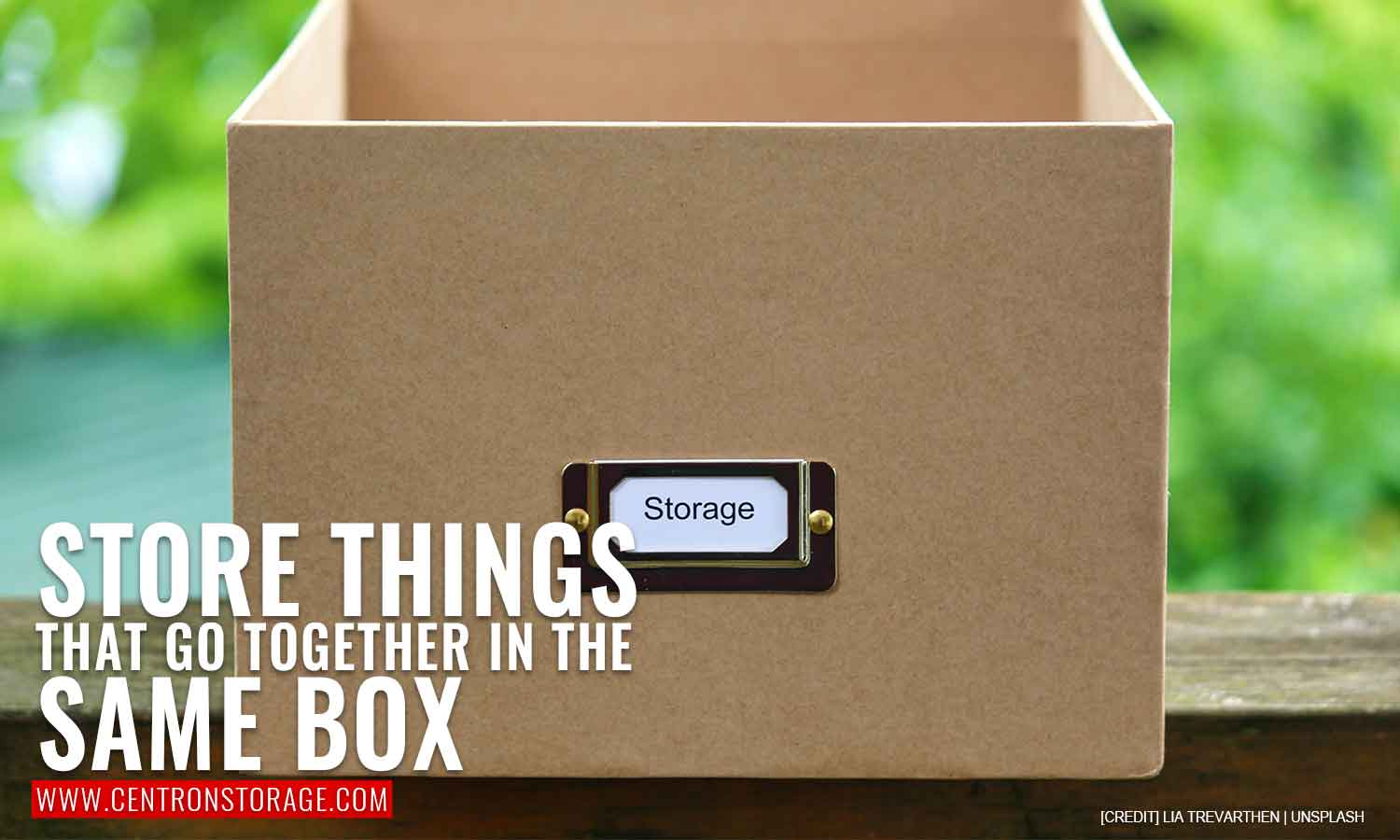
The very first and crucial step is to organize your stuff in the unit. Effective organization is half the job and reduces the likelihood of undercounting, double counting, or missing an item.
Here’s how you should organize:
- Move all similar things together. You can either organize your things according to their size, place in the house where you find or use them, and the price or value (e.g. all of the kitchen appliances and tools, all the clothes, all the accessories, and all the furniture).
- Start from the bulky items to the smaller ones. It is easier if you get rid of the bigger stuff first to give you more room in counting the smaller stuff.
- Place smaller things inside organized boxes. What good will it be to stock the little trinkets together in a box? Add divisions so it is easier to identify each one.
- Let go of what needs to be thrown away. If you have been following the Marie Kondo technique you know which ones “spark joy” and which ones need to be discarded for good. It makes sense because what is the use of keeping things in your rented self-storage space if you are simply going to dump things you don’t need there?
Step 2: Do the Counting
No, there will be no complex mathematical equations to think of, you will simply count each one and make sure they are accounted for. Here’s how to do it:
- You can customize your count sheet and add columns for specific characteristics (e.g. year made or serial number).
- Make sure your counting is accurate to save time.
- Make sure that the count sheet’s entries are exactly the same way as they are arranged inside the self-storage unit.
- After accomplishing a count sheet, make sure to transfer the data to a digital format such as in a spreadsheet so you can access it whenever you need to.
Step 3: Create a Master List

Your count sheet is just one task, you would still need to create a master list of all the things you have in your self-storage unit. Here’s how you can do that:
- Go for a digital master list. Since you will have data from the count sheet, you can easily migrate these into a master list using a spreadsheet.
- Create more than one copy of this list and save on different storage devices (e.g. on a removable flash disk, in your computer, and on the cloud).
Step 4: Create a Map
People are mostly visual and are most likely to remember where they put where if there is a map to guide them. You don’t have to be very sophisticated when creating a map, a simple diagram which is readily available on most applications is a good start. Here’s how to do it:
- Label the boxes accordingly but instead of a bold “JEWELRY” label in a box, use codes instead (e.g. alphanumeric codes, colours, or the rooms where they belong).
- Orient each person who has access to your storage so it will be so much easier for them to find the specific item they are looking for.
Step 5: Update Your List and Check it Twice
You can have as many inventory sheets as you want, but these will not be useful if they are outdated. Why? Because there could be things still listed there but have already been disposed of and there may be new items not added to the list. Updating your inventory is easy:
On the door of your rented storage post an empty sheet detailing the item, number, date taken and returned, and the name of the person who took it out. Update your inventory sheet regularly. Always replace the sheet when it’s full.
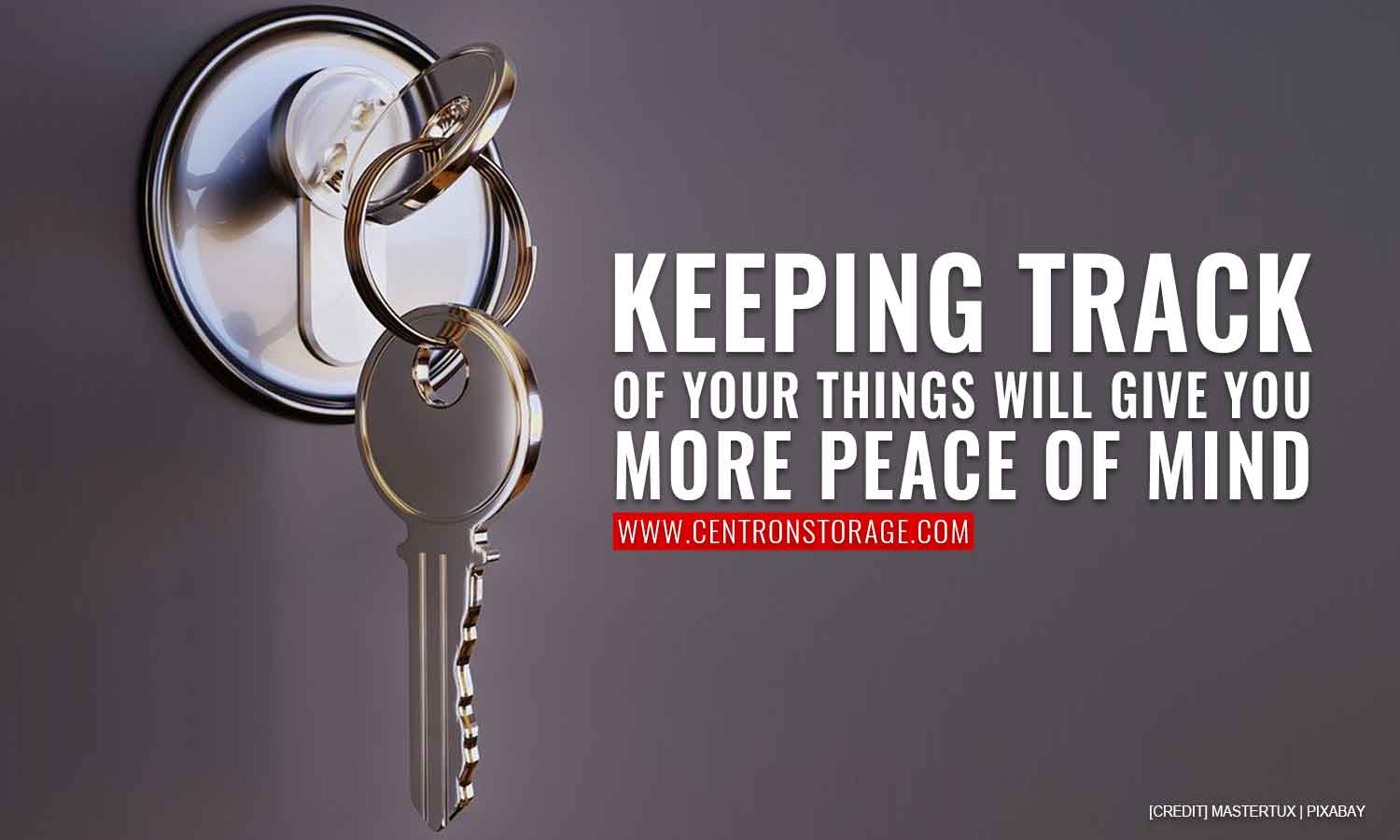
Creating an inventory may seem like extra work, but having a list of the things you kept in your unit will be handy in a variety of situations — whether you need to look for certain items or if calamity strikes.
If you are planning to take some things out of your house but just can’t totally let go of them yet, getting a self-storage unit would be the soundest choice. Check out our units at Centron Self Storage. We provide our clients with a variety of storage options as well as boxes for easy storing. Visit us at 4500 Chesswood Dr, North York, ON, M3J 2B9. Contact us for inquiries and reservations by calling (416) 739-0000.
